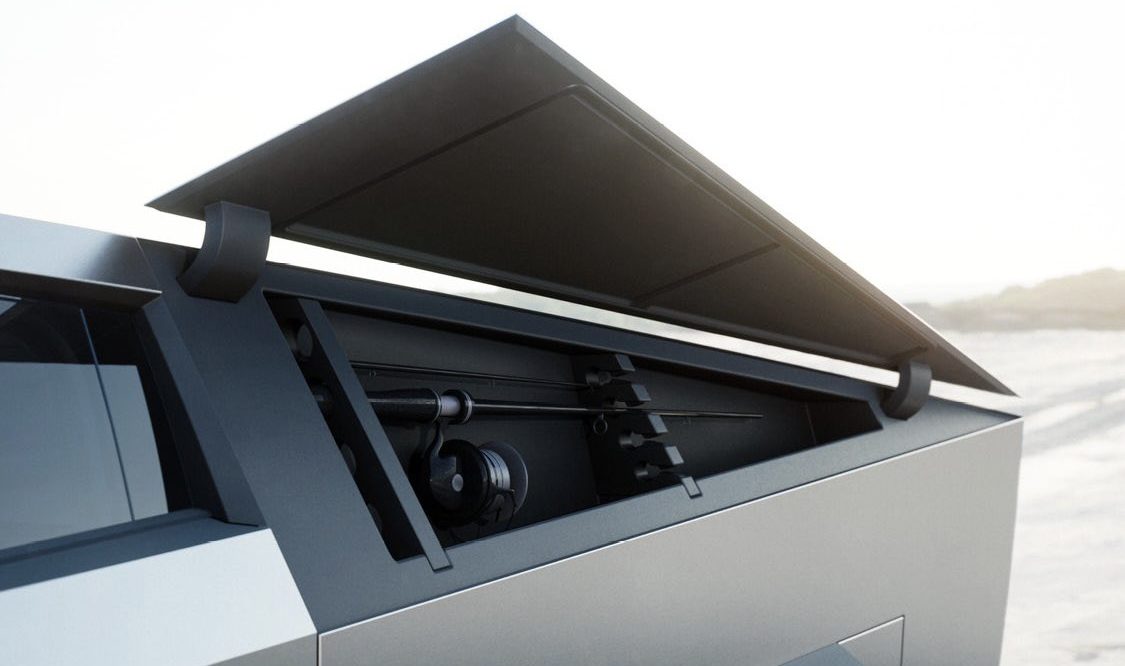Tesla are better placed to judge this, than we are to speculate on it..
One feature of the Dojo architecture is the interconnect bandwidth, which may be very hard for a generic solution to match, because most general solutions don't have the same data requirements.
And another issue is price, Dojo doesn't necessarily the fastest, just the cheapest, and the cheapest can be the cheapest for Tesla.
Nvidia might have an edge on R&D costs due to scale, but they don't have an cost edge in making chips that is overly significant. In the case of Dojo the R&D is already mostly done.
At worst Dojo is a form of duplicated supply chain that reduces the chances of hitting scaling bottlenecks due to demand for chips exceeding supply.
With AI potentially being the next "gold rush," demand for chips might be high, supplies might be tight, waiting lists long, and prices high.
I don't think Dojo will be considered a core part of the business. So Tesla will only retain it if it makes sense.,
Tesla still makes their own car seats and they could "out source" that, but they have chosen to keep it in house.
I'm sure someone could make a case that someone else has a better car seat.

 www.wsj.com
www.wsj.com





